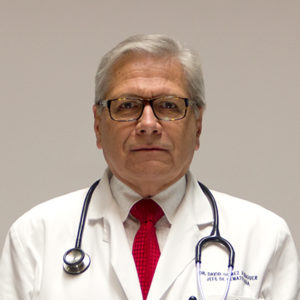Around 80% of children with ITP are disease-free within 1 year; a watch and wait strategy is considered standard for …

dexamethasone and adriamycin. Results were bad, the median survival was around two years. In the 1990s something good happened; thalidomide was resurrected as a new drug in the field of MM, suddenly increasing response rates obtained in comparison to VAD. Later on, advances in bone marrow and hematopoietic stem cell transplantation, especially autologous transplantation (ASCT), permitted us to further improve the fate of MM patients, at least for those fortunate enough to have access these new drugs and techniques.
In the new millennium, new drugs were born, and FDA-approved: bortezomib (2003), lenalidomide (2005) and carfilzomib (2012). These new “bullets” changed the fate of many MM patients for the better. The concept of very good partial response, complete response, and stringent complete response, were incorporated to the MM language. At the same time many “experts” were active in this, now highly attractive scientific field. MM patients were no longer in the dark side of the moon.
But everything has a price, the costs of these new drugs are far from the resources available for 80% of the world population living in low and middle-income countries. In the USA the more popular combinations are RVD (Velcade®, dexa, Revlimid®) and –even more expensive– KRD (carfilzomib, dexa, lenalidomide). In Mexico the cost of the VRD combination is around $9-10,000 USD per month, therefore only few patients with private insurance have access to this and other novel and ideal combinations, frequently recommended by expert reviews.1-3
Replicating these current ideal practices is unfortunately impossible in most settings, thus therapeutic recommendations from developed countries in North America and Europe cannot be followed accordingly in the rest of the world.
In our University Hospital at UANL, cyclophosphamide thalidomide dexamethasone (CTD) was only starting combination for transplant-eligible patients for many years, as we treat an uninsured population who is not covered by the public healthcare system, patients have to pay for treatment expenses entirely out-of pocket. For this reason, CTD is very likely to still be a commonly used first-line regimen in many different parts of the world. Recently the arrival of bortezomib generics has allowed us to use VTD (or more appropriately BTD) for all our patients, with local financial support. We use four months of treatment (weekly subcutaneous bortezomib and dexamethasone 40 mg PO) and then we push for ASCT for all eligible patients. The use of aspirin and acyclovir is very important in order to minimize the risk of venous thrombosis and herpes reactivation, respectively. We should always be ready to detect symptoms or signs of neuropathy in order to stop thalidomide as it is poorly tolerated; our usual starting dose being 100 mg per day. The transplant is ambulatory and the cost in our FACT accredited unit is only $8,000.00 USD. We consider that this strategy is the less costly and effective, ideal for the treatment of MM in the underdeveloped world.
In time, we will be able to see if VTD using generic, weekly bortezomib shows an important benefit in contrast to our patients treated with CTD in our “real-developing world” cohort, and if outcomes are similar to patients treated with novel agents in a private setting.4

Around 80% of children with ITP are disease-free within 1 year; a watch and wait strategy is considered standard for …
Developing Hematology is a blog written for medical professionals who practice clinical hematology in developing countries We aim to offer …
Mantle cell lymphoma (MCL) is a B-cell malignancy with an inferior prognosis in comparison to other lymphomas. Most patients present …